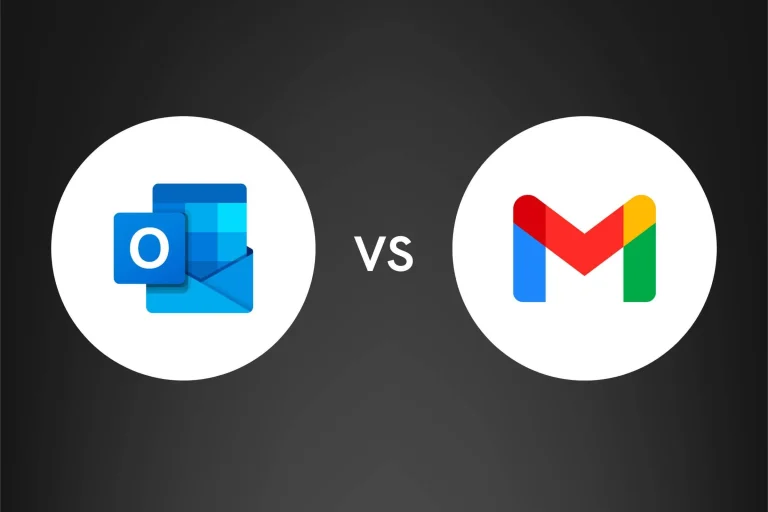Today, we’re going to talk about something that might sound a bit intimidating, but trust me—it’s not as scary as it seems. We’re talking about good web design and how it plays a role in increasing your site conversion.
When it comes to your website, consider it the digital equivalent of your physical store. If a customer walked into a cluttered, confusing shop where they couldn’t find anything, chances are they’d walk right back out. The same principle applies to your online visitors—if your website’s a hot mess, they’re likely to bounce. But if it’s clean, well-organised, and engaging, they’ll probably stick around. And more importantly, they’ll be more likely to convert.
First Impressions Matter in Web Design
First impressions are a one-shot game, and this is particularly true for websites. You’ve got about 50 milliseconds (that’s 0.05 seconds!) to make a good first impression. If your website looks outdated or is difficult to navigate, visitors might just close that tab faster than a cowboy can draw a pistol.
Remember, a good first impression isn’t just about the visuals—it’s also about usability.
Sure, you want your website to look professional and visually appealing, but you also want it to be easy to use. A user-friendly site with a simple and clear layout, intuitive navigation, and relevant content not only attracts visitors but also keeps them around longer, which increases the chance they’ll convert.
The Power of Good UX
If UX (User Experience) sounds like a complex tech buzzword to you, don’t fret. At its core, it’s just about how a person feels when they use your website. Good UX means your visitors can easily find what they need without pulling their hair out in frustration.
A site with good UX is like a helpful sales associate—it guides your visitors to where they want to go, answers their questions, and makes the process as easy as possible. This ultimately increases customer satisfaction and, you guessed it, boosts conversion rates.
Mobile-First Design Matters
Remember when you could only browse the web from a clunky desktop computer? Those days are long gone. Today, a massive chunk of web traffic comes from mobile devices. If your website doesn’t perform well on mobile, you’re going to miss out on a heap of potential conversions.
Making your site mobile-friendly doesn’t mean just shrinking it down to fit a smaller screen. It means optimising everything—text, images, buttons, forms, you name it—for a smooth mobile experience. This way, you’re not only expanding your reach to a wider audience but also creating a seamless user experience that encourages conversions.
Clear Calls-to-Action (CTAs)
Imagine you walk into a store, find something you love, but can’t figure out where the checkout counter is. Frustrating, right? Well, that’s exactly how your visitors feel if your website doesn’t have clear CTAs.
Whether you want them to sign up for a newsletter, make a purchase, or download a whitepaper, you need to guide your visitors toward that action. Clear, compelling CTAs not only show your visitors the next steps, but they also create a sense of urgency, which can increase your conversion rates.
Speed is Key
Ever clicked on a website and had to wait forever for it to load? It’s a surefire way to send your visitors packing. In the world of the web, every second counts. Improving your site’s speed isn’t just a good practice—it can directly impact your conversion rate.
Content is King (and Queen)
While we’re knee-deep in this conversation about web design, let’s not forget the one thing that glues everything together—your content. Great web design without relevant, engaging content is like a beautifully wrapped box with nothing inside. Whether it’s product descriptions, blog posts, or even your ‘About Us’ page, every word matters.
Keep your content concise, easy to read, and packed with value. Break up large chunks of text with headings and bullet points. Make sure your key messages are front and center. Good content not only grabs attention but also builds trust with your visitors. And guess what? Trust is a massive factor in conversion.
The Beauty of Simplicity
I’ve said this before, but it’s worth repeating: good web design is not just about being pretty—it’s about being effective. Too many bells and whistles can actually distract visitors from their primary goal. When it comes to design, less is often more.
A clean, minimalistic design with plenty of white space can do wonders. It not only looks modern and professional, but it also focuses your visitors’ attention on the most important elements—your content and CTAs. Remember, the ultimate goal is to guide your visitors toward a conversion, not to dazzle them with your design prowess.
Regular Testing and Optimisation
Last but not least, let’s talk about testing. Creating a well-designed, user-friendly website isn’t a one-and-done deal. It’s an ongoing process. Regular testing and optimisation can help you understand what’s working, what’s not, and how you can improve.
A/B testing, where you compare two versions of a web page to see which performs better, is a great place to start. It allows you to tweak everything from your headlines to your images to your CTAs. You can also use heatmaps to see where people are clicking and spending time on your site. This data can inform your design choices and help you create a site that’s not just good-looking, but also conversion-friendly.
So, there you go! While good web design might seem like a massive undertaking, it’s absolutely worth the effort. It’s a powerful tool in your arsenal that can significantly boost your site conversion. Don’t be afraid to experiment, learn from your mistakes, and constantly strive to improve. The digital world is your oyster, and with good web design, the world can truly be your stage!
Remember, your website is a digital representation of your business. Make it shine, make it user-friendly, and most importantly, make it work for you.

















